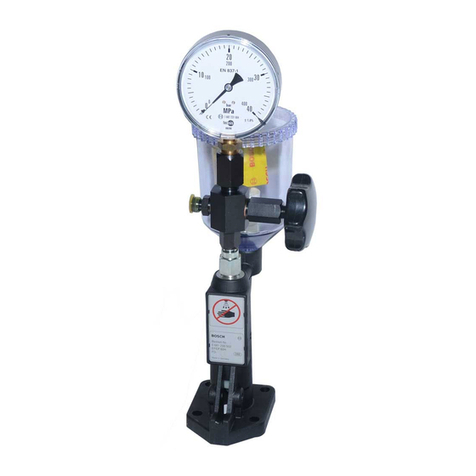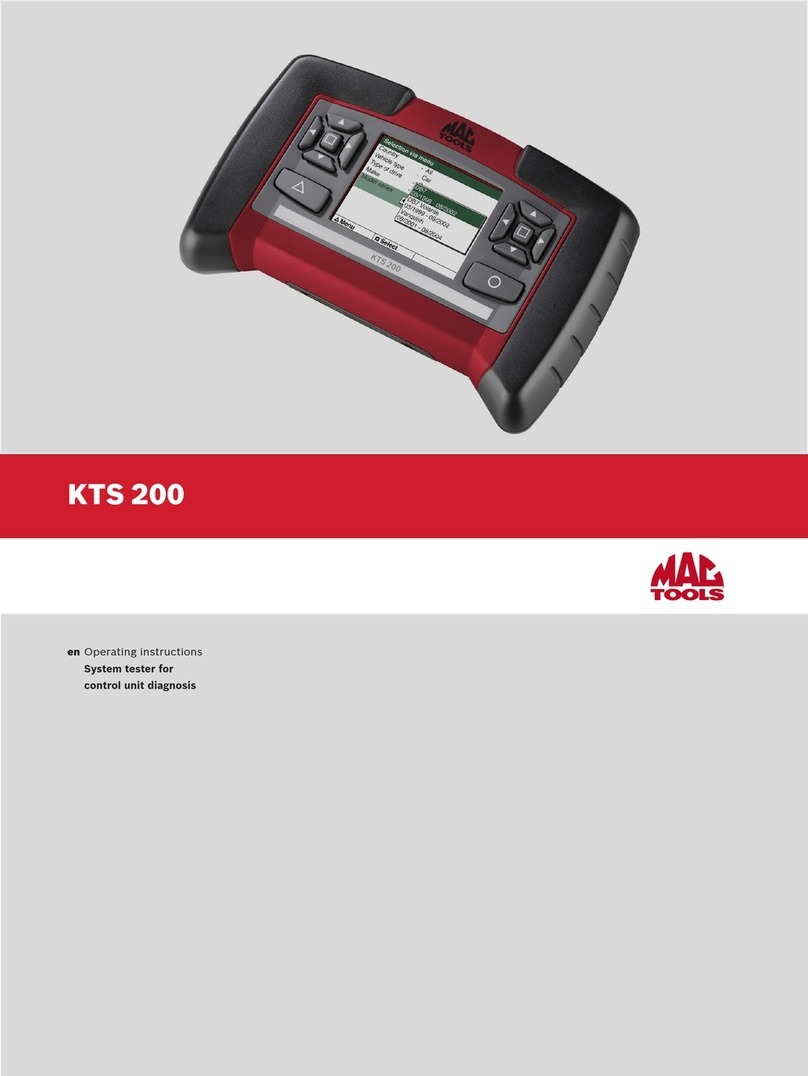Bosch BAT 125 User manual
Other Bosch Test Equipment manuals

Bosch
Bosch HTD 6 Series User manual

Bosch
Bosch EPS 205 User manual
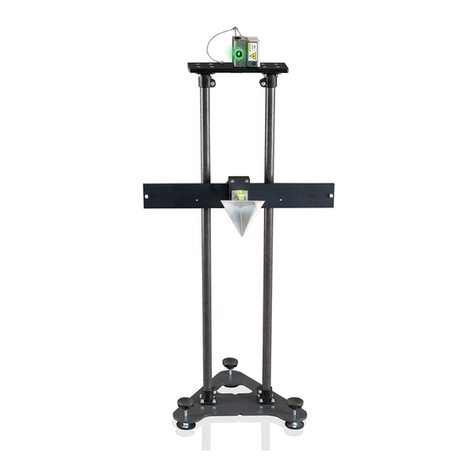
Bosch
Bosch SCT 815 User manual
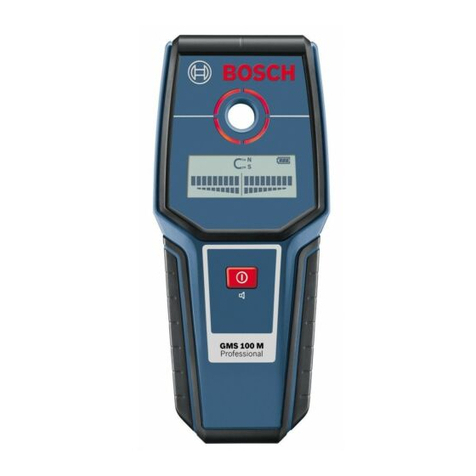
Bosch
Bosch Professional GMS 100 M User manual
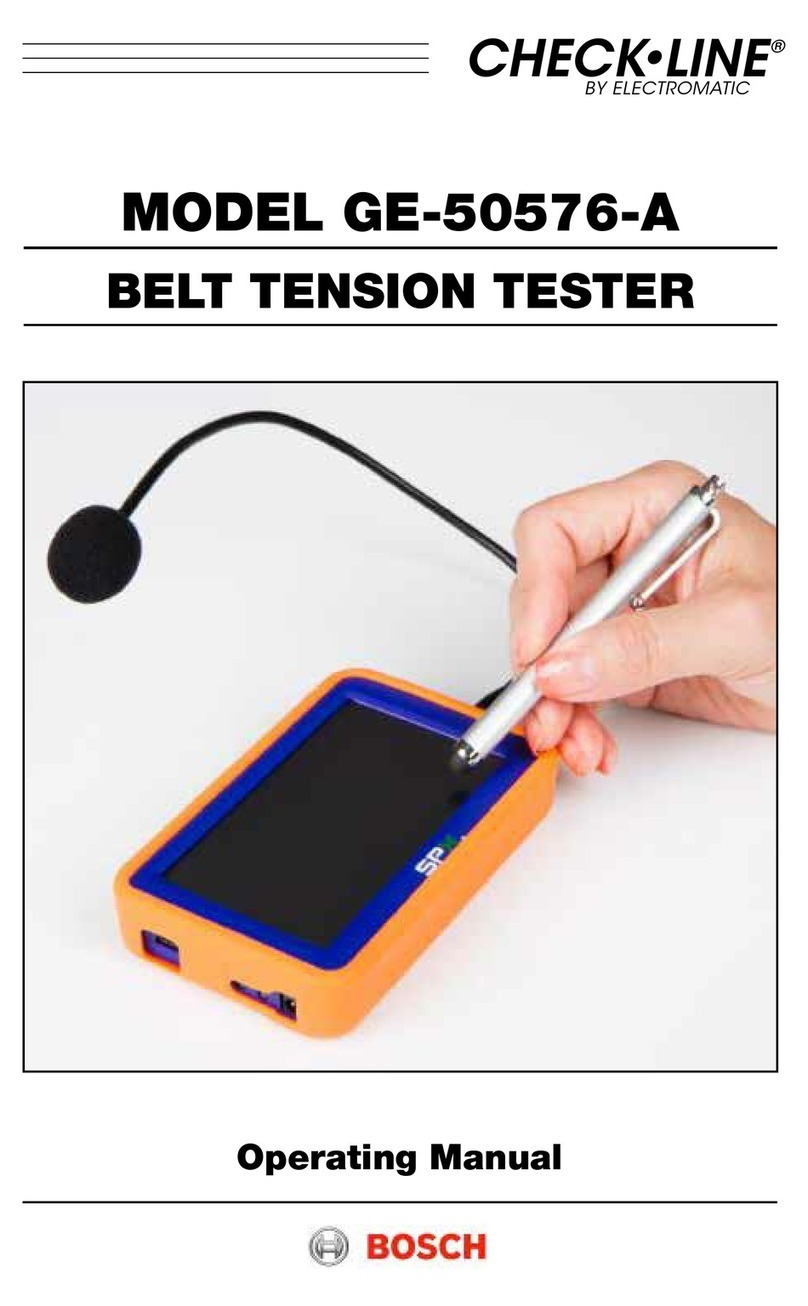
Bosch
Bosch GE-50576-A User manual

Bosch
Bosch BEA 950 User manual

Bosch
Bosch EPS 118 User manual
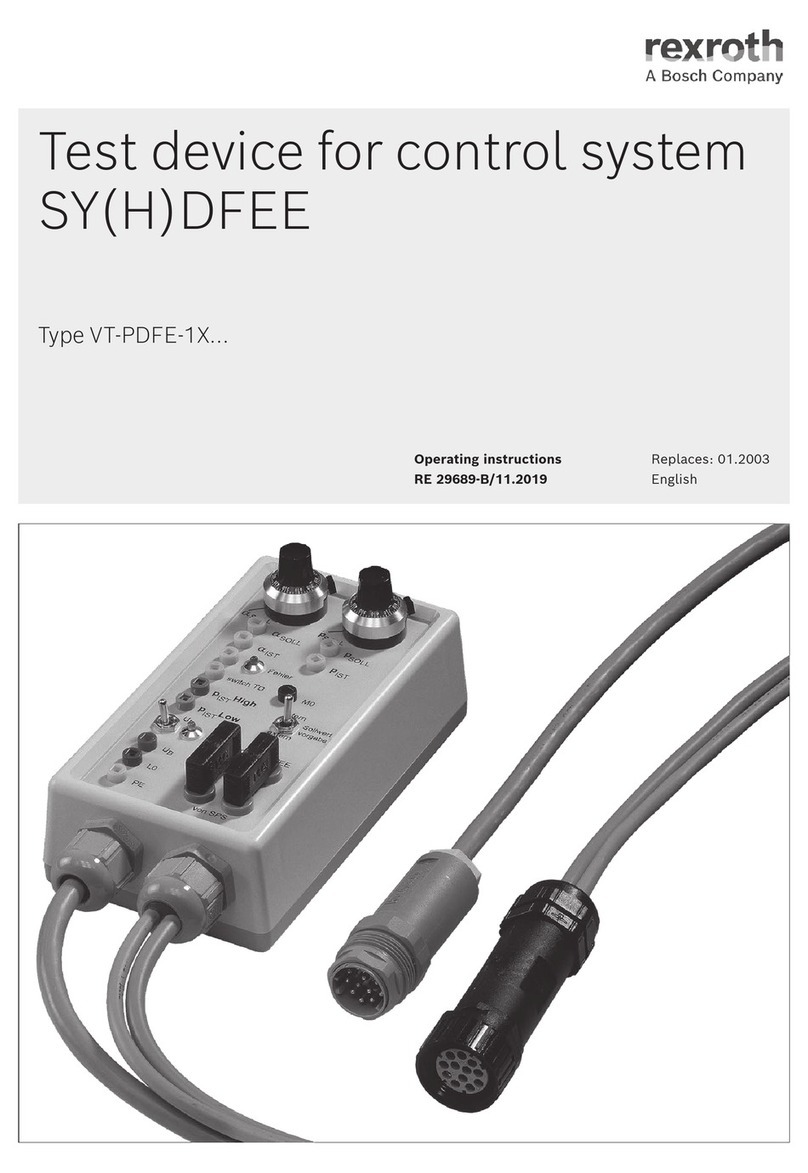
Bosch
Bosch Rexroth VT-PDFE-1X Series User manual
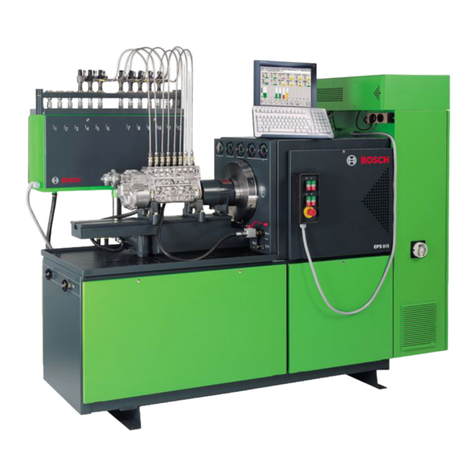
Bosch
Bosch EPS 807 User manual
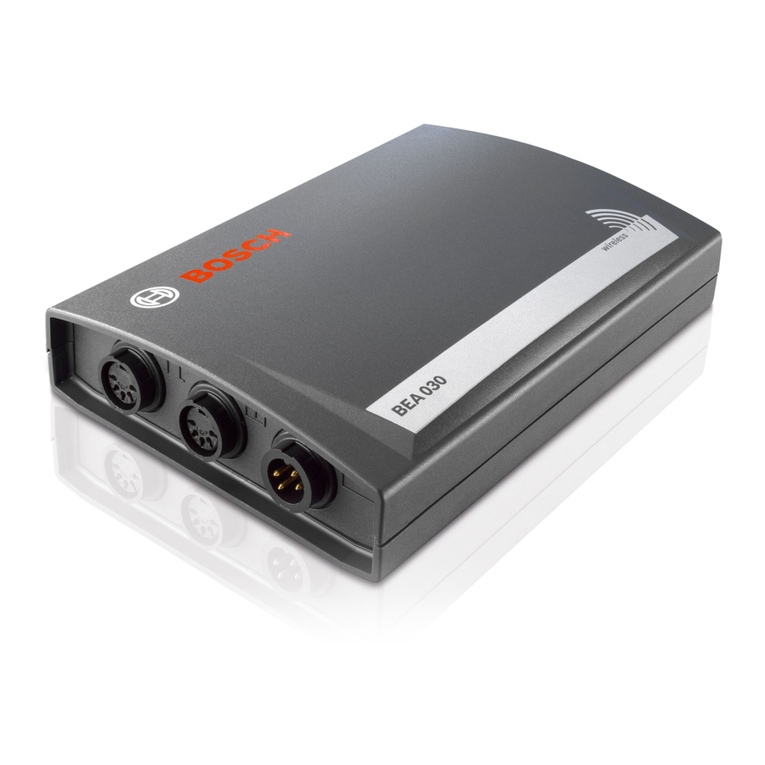
Bosch
Bosch BEA 030 User manual
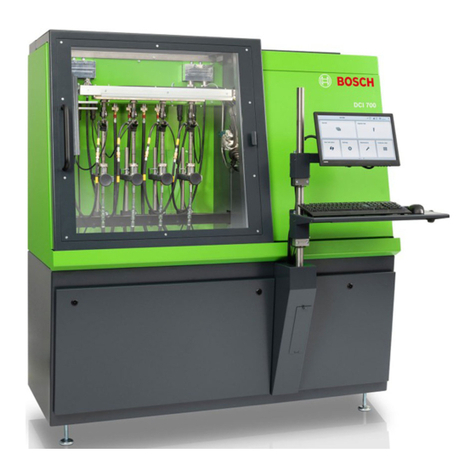
Bosch
Bosch DCI 700 User manual
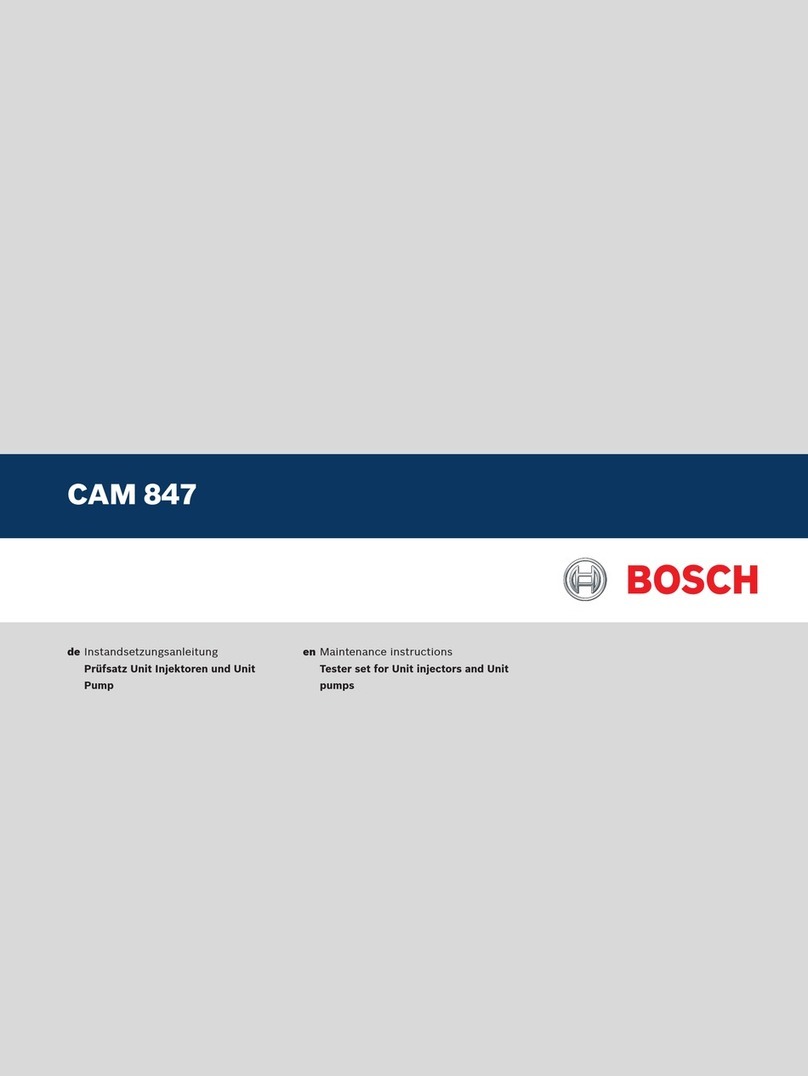
Bosch
Bosch CAM 847 Technical specifications
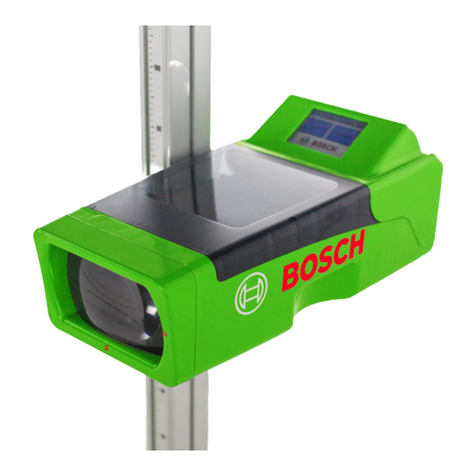
Bosch
Bosch HTD 8 Series User manual
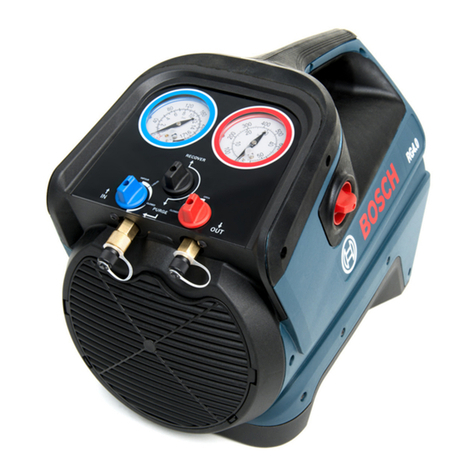
Bosch
Bosch RG8.0 User manual

Bosch
Bosch CRS 845 Setup guide

Bosch
Bosch FSA 500 User manual
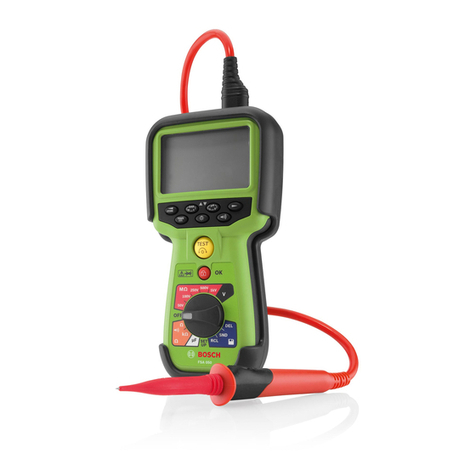
Bosch
Bosch FSA 050 User manual
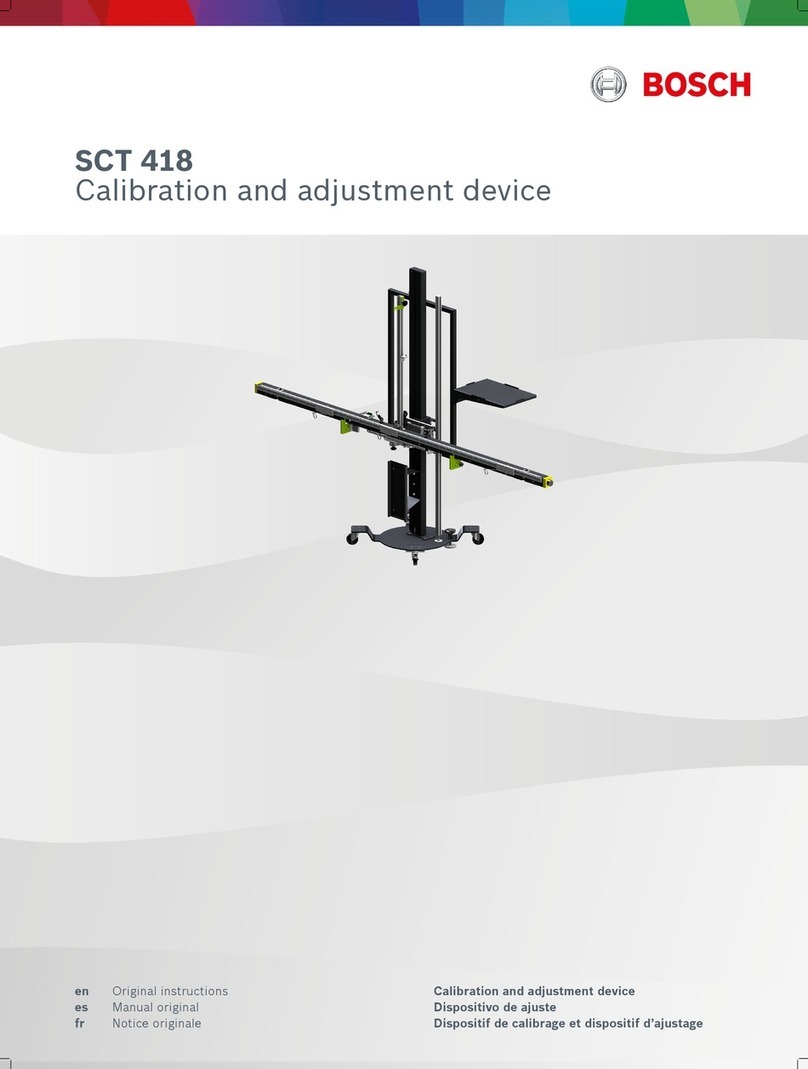
Bosch
Bosch SCT 418 User manual
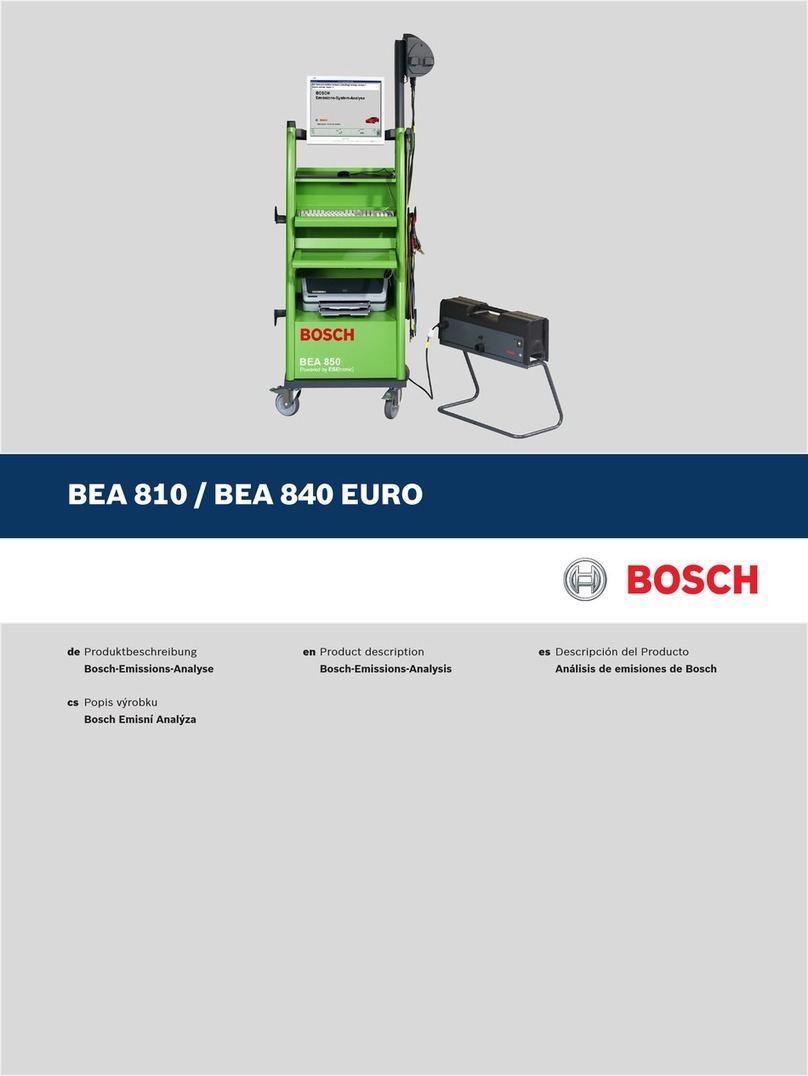
Bosch
Bosch BEA 810 Technical specifications
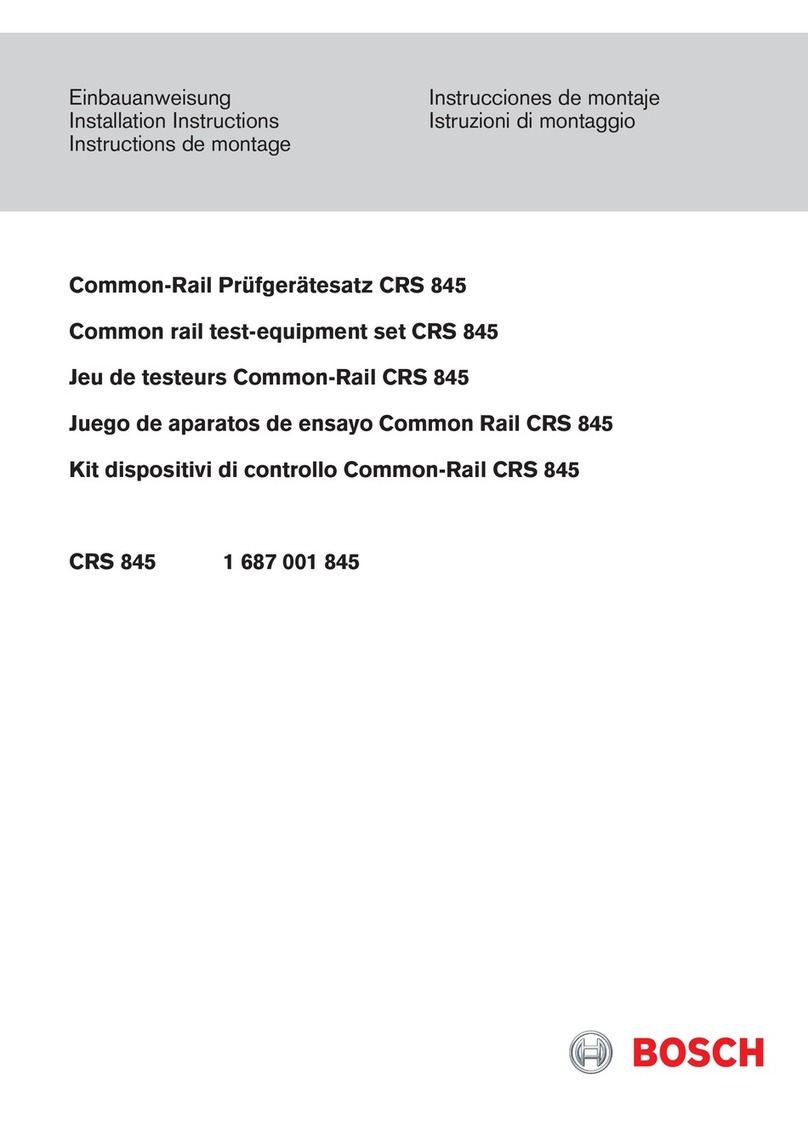
Bosch
Bosch CRS 845 User manual
Popular Test Equipment manuals by other brands

Redtech
Redtech TRAILERteck T05 user manual

Venmar
Venmar AVS Constructo 1.0 HRV user guide

Test Instrument Solutions
Test Instrument Solutions SafetyPAT operating manual

Hanna Instruments
Hanna Instruments HI 38078 instruction manual

Kistler
Kistler 5495C Series instruction manual

Waygate Technologies
Waygate Technologies DM5E Basic quick start guide

StoneL
StoneL DeviceNet CK464002A manual

Seica
Seica RAPID 220 Site preparation guide

Kingfisher
Kingfisher KI7400 Series Training manual

Kurth Electronic
Kurth Electronic CCTS-03 operating manual

SMART
SMART KANAAD SBT XTREME 3G Series user manual

Agilent Technologies
Agilent Technologies BERT Serial Getting started





